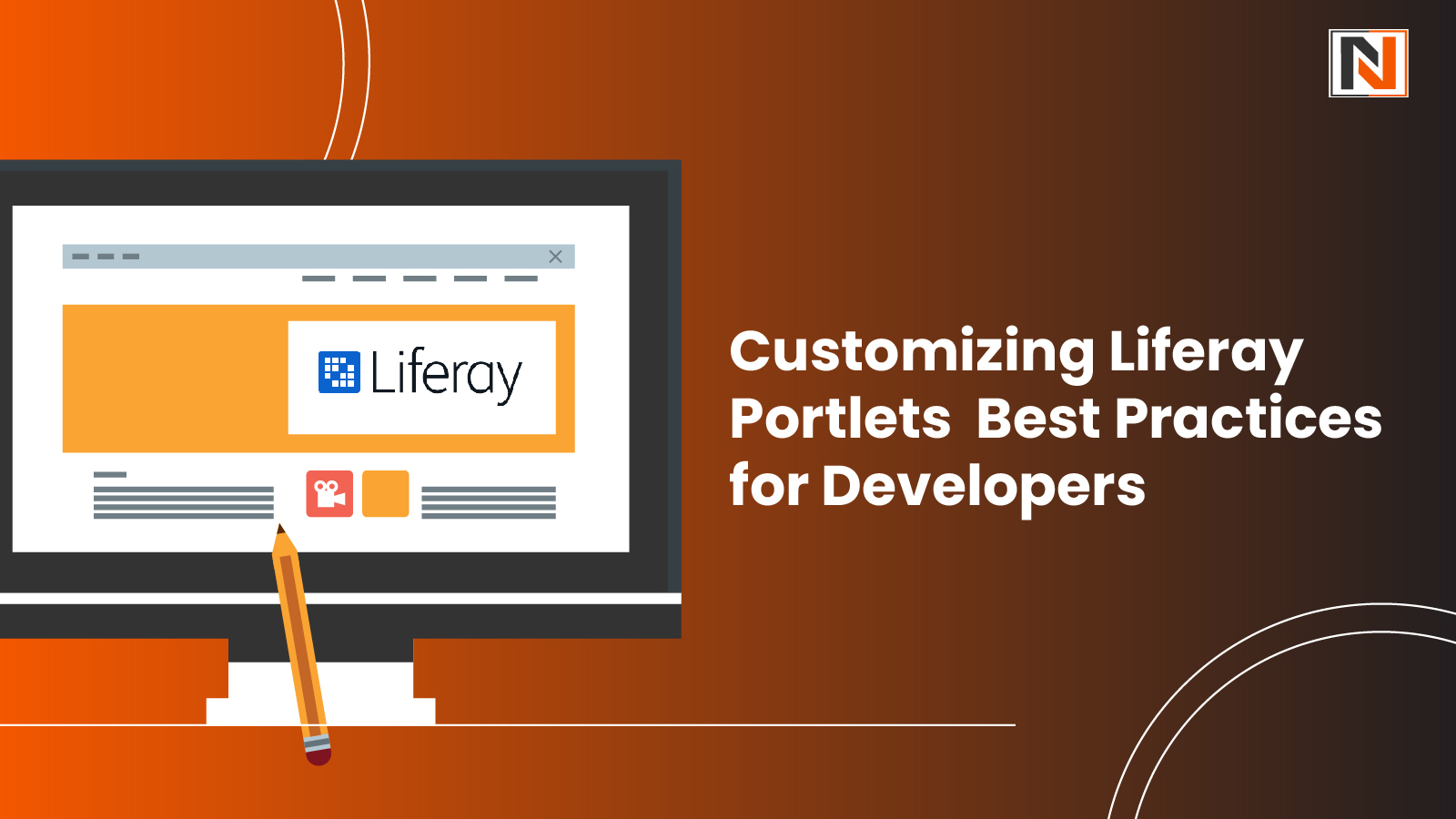
Liferay DXP is a powerful digital experience platform that enables businesses to build robust portals, intranets, and websites. One of its key strengths lies in its portlet-based architecture, which allows developers to create and customize modular components for enhanced functionality. However, Liferay portlet customization requires a strategic approach to ensure maintainability, scalability, and performance.
In this guide, we’ll explore best practices for Liferay portlet development, covering everything from customization techniques to architectural considerations. Whether you’re looking to modify existing portlets or build new ones from scratch, these insights will help you optimize your development process.
Understanding Liferay Portlets
Before diving into customization, it’s essential to understand what Liferay portlets are and how they function.
- Portlets are reusable web components that render fragments of a page.
- They can be dynamically added, removed, or configured within Liferay’s layout system.
- Liferay supports both JSR-286 (Portlet 2.0) and OSGi-based modular portlets (introduced in Liferay 7+).
Knowing whether you’re working with traditional portlets or OSGi modules will influence your Liferay portlet development approach.
Best Practices for Customizing Liferay Portlets
To ensure optimal performance and maintainability, always follow Liferay’s recommended development patterns while avoiding unnecessary overrides of core functionality.
1. Leverage Liferay’s MVC Portlet Framework
Liferay’s MVC Portlet framework simplifies creating custom portlets in Liferay step-by-step. It provides a structured way to handle:
- Request processing (via render, processAction, and serveResource methods)
- View rendering (using JSPs or FreeMarker templates)
- Dependency injection (with @Component and @Reference annotations in OSGi)
Best Practice:
- Use MVCPortlet as the base class for traditional portlets.
- For OSGi portlets, use BasePortlet or BaseMVCResourceCommand for better modularity.
2. Follow Modular Development with OSGi
Since Liferay 7, OSGi has been the recommended approach for Liferay DXP portlet best practices. Benefits include:
- Dynamic module loading (no server restarts needed)
- Dependency management (via bnd.bnd and @Reference)
- Service decoupling (using Declarative Services)
How to Implement:
@Component(
immediate = true,
property = {
“com.liferay.portlet.display-category=category.sample”,
“javax.portlet.name=” + MyCustomPortletKeys.MYCUSTOMPORTLET
},
service = Portlet.class
)
public class MyCustomPortlet extends MVCPortlet {
// Portlet logic here
3. Use Service Builder for Backend Logic
For database operations, Liferay Objects provide a low-code and flexible way to manage data models and business logic directly through the Liferay UI.
Advantages:
- Eliminates the need for custom code to define and manage data entities.
- Automatically supports standard CRUD operations.
- Simplifies integration with workflows, permissions, and APIs.
- Reduces development time and boilerplate code significantly.
Best Practice:
- Define your entities in service.xml.
- Run gradlew buildService to generate services.
- Inject services into your portlet using @Reference.
4. Implement Client-Side Rendering (AlloyUI, Metal.js, or React)
Modern Liferay portlet customization often requires dynamic client-side interactions.
Options:
- AlloyUI (Liferay’s legacy framework, still supported but deprecated).
- Metal.js (Liferay’s modern JS framework).
- React (via Liferay’s npm-react-portlet template).
Best Approach:
# For React portlets
blade create -t npm-react-portlet my-react-portlet
This generates a scalable, component-based portlet with Webpack support.
5. Apply Responsive and Adaptive Design
Since portlets can be viewed on multiple devices:
- Use Bootstrap 4 (or Liferay’s Clay UI) for responsive layouts.
- Test portlets on different screen sizes using Liferay’s Device Preview.
Best Practice:
- Avoid fixed-width layouts.
- Use container-fluid for full-width portlets.
6. Optimize Performance
Slow portlets degrade user experience. Follow these Liferay portlet development optimizations:
- Lazy-load resources (JavaScript/CSS).
- Minimize database calls (use caching with MultiVMPool or Ehcache).
- Enable portlet-level caching (via cacheable=true in @Component).
Example:
@Component(
property = {
“com.liferay.portlet.header-portlet-css=/css/main.css”,
“com.liferay.portlet.footer-portlet-javascript=/js/main.js”,
“javax.portlet.init-param.template-path=/”,
“javax.portlet.security-role-ref=power-user,user”,
“javax.portlet.cacheable=true”
}
)
7. Secure Your Portlets
Security is critical in customizing portlets in Liferay DXP.
Key Measures:
- Apply role-based access control (@AccessControlled).
- Use CSRF tokens (Liferay.getToken()).
- Validate user input to prevent XSS/SQLi.
Example:
if (!PortalUtil.getUser(request).isOmniAdmin()) {
throw new PrincipalException(“Unauthorized access!”);
}
8. Maintain Clean Code and Documentation
Well-structured code ensures long-term maintainability.
Best Practices:
- Follow SOLID principles.
- Use Javadoc for complex methods.
- Document configuration properties in portlet.properties.
Conclusion
Mastering Liferay portlet customization requires a mix of technical expertise and adherence to best practices. By leveraging Liferay’s MVC framework, OSGi modularity, Service Builder, and modern frontend tools, developers can build scalable, high-performance portlets.
Whether you’re creating custom portlets in Liferay step-by-step or optimizing existing ones, these strategies will help you deliver robust solutions that align with enterprise standards.
For further learning, explore our resources and engage with the developer community.
Final Thoughts
This developer guide to customizing Liferay portlets provides actionable insights for decision-makers and developers alike. By following these best practices for Liferay portlet development, you can ensure your projects are efficient, secure, and future-proof.
Have questions or additional tips? Share them in the comments!